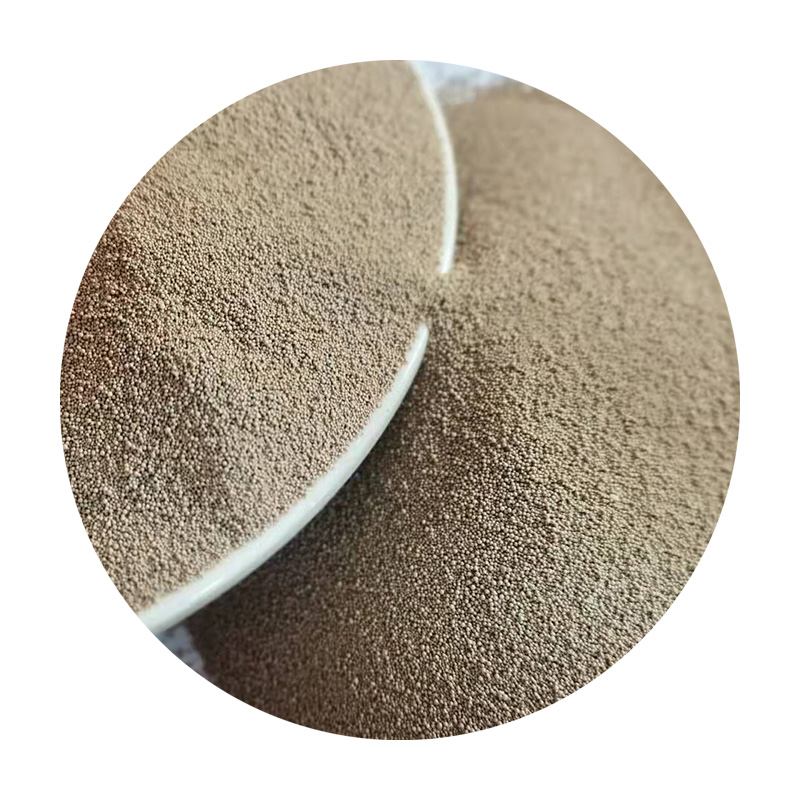Types of Foundry Sand
Foundry sand plays a pivotal role in the casting process, serving as the primary material for creating molds and cores to form various metal shapes. There are several types of foundry sand, each suited for specific applications and offering unique characteristics. Understanding these types can significantly enhance casting efficiency and product quality.
One of the most commonly used types of foundry sand is silica sand, derived from quartz. Silica sand's high melting point and thermal stability make it ideal for casting processes involving ferrous and non-ferrous metals. This sand typically has low clay content, which helps in producing smooth, fine surfaces in the final cast. Additionally, silica sand is relatively inexpensive and readily available, contributing to its widespread use in the industry.
Another well-known type is olivine sand, formed from magnesium iron silicate minerals. Olivine sand is favored for its excellent thermal properties and resistance to thermal shock. It has a high melting point and does not chemically react with molten metals, thereby minimizing defects. This type of sand is particularly useful in applications involving high-temperature casting, such as steel and iron production.
types of foundry sand

Zircon sand is another specialized foundry sand, composed of zirconium silicate. Its exceptional thermal stability and low thermal expansion make zircon sand suitable for high-precision casting applications. It is often used in molds for intricate designs, ensuring high dimensional accuracy and a superior surface finish. Despite its benefits, zircon sand is more expensive than silica and olivine, limiting its use primarily to high-end applications.
Lastly, there is chromite sand, derived from chromite ore. This type of sand is prized for its high resistance to heat and its ability to withstand heavy metal casting temperatures. Chromite sand is especially beneficial in the production of steel and heavy machinery components, where durability and strength are paramount. Its unique properties also help in reducing the oxidation of metal during the casting process.
In summary, the choice of foundry sand is critical in the casting industry, impacting the efficiency and quality of the final products. With various options available, including silica, olivine, zircon, and chromite sands, foundries can select the appropriate type based on the specific requirements and challenges of their casting processes. Understanding these differences allows manufacturers to optimize their operations and produce superior cast items across various industries.
Post time:11 月 . 01, 2024 19:20
Next:Exploring the Role of Foundry Sand in Modern Construction Applications
